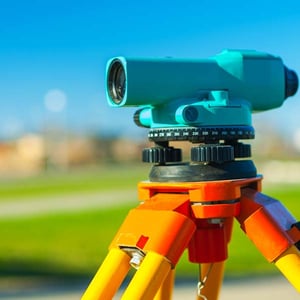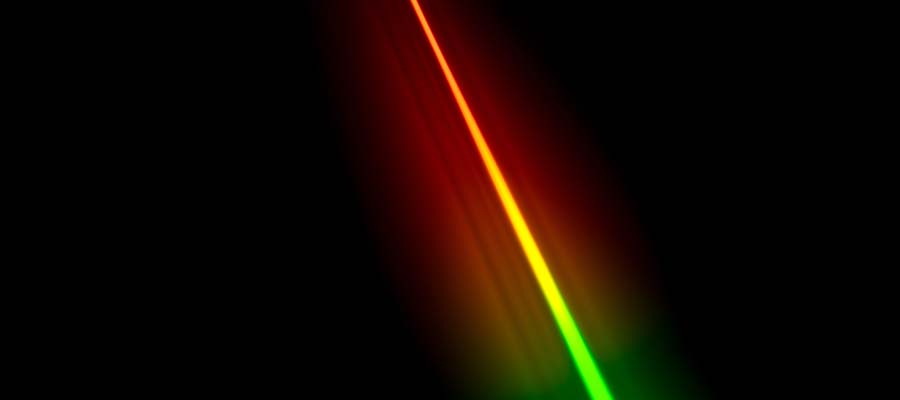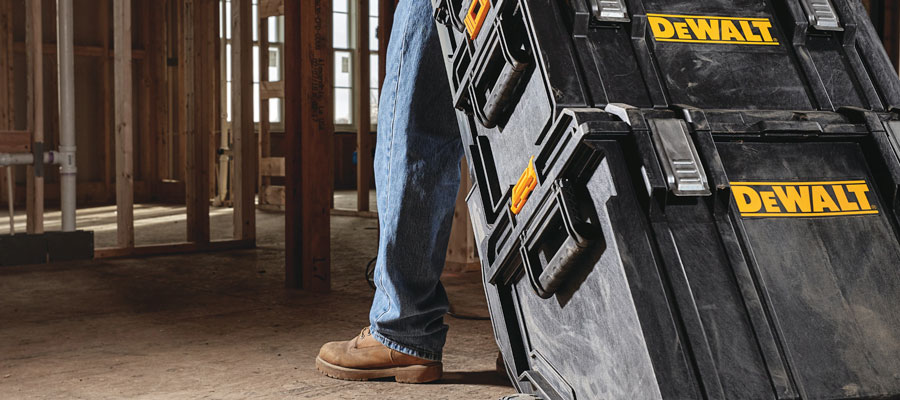When you're looking at laser systems to lay out your job site or check the accuracy of work that has taken place, there seems to be two sides: red lasers or green lasers. But what's the real difference between these lasers? Which one will be the best option to meet your needs? Beyond George Lucas' take on green being good and red being bad, here's a quick overview of the major differences and how those differences will impact your work.


Light Frequency
Did you know that the frequency of a green laser can be seen four times better with the human eye? It's not because the green laser is any stronger or brighter than the red laser, it's because the human eye is designed to detect the green light. This makes it a great option when you need to do a lot of work outdoors or in brightly lit surroundings. If, on the other hand, you're planning on doing a lot of indoor work, a red laser may be a better choice to meet your needs.
Laser Class
Lasers fall under several different classes, from the 'should be safe for your eyes' I and II to the 'it's probably safe but don't chance it' IIIa and the 'are you trying to blind someone' IIIb. The difference between these classes is the amount of power they use to generate a beam, measured in milliwatts. Red lasers typically fall under Class II, making it fairly safe for most purposes. However, green lasers tend to fall into Class IIIa, drawing up to 5 mw and requiring a little more care to avoid blinding your assistant.
Indoor Use
When you're trying to decide which type of laser to use for indoor layout, you'll probably be able to get by just fine without a detector, even with the dimmer and harder to spot red laser. If you're working in a very dark area, the green laser can be extremely bright, almost like an LED flashlight, so you may want to switch to red if your eyes have a hard time adjusting to darkness.

Outside Use
Because of the extra light outdoors, most contractors stick to green lasers. That being said, whether you choose to use red lasers or green lasers, you may want to invest in a detector to help ensure you're accurately marking the area. This is especially true on very bright, sunny days or in environments where a lot of light is reflected from the surface, such as in the snow or sand, or near a water source.
Overall Cost
Generally speaking, green laser systems tend to have a higher price tag then red laser systems. However, there's a very good reason why the saying "you get what you pay for" has been so popular for so many years. In most cases, green laser systems tend to have higher quality diodes than their red laser counterparts, which generally makes them more durable and longer lasting in the long run.
Though there are pros and cons to both sides of the debate, only you can decide which option will work best for your specific situation. But what if you're not sure which one will work best or you need more information to make an informed decision? The experienced professionals at Star Sales are always ready to help. Please feel free to contact us today for more information, with any questions or to get a quote on an exceptional laser system that exceeds your dreams.







